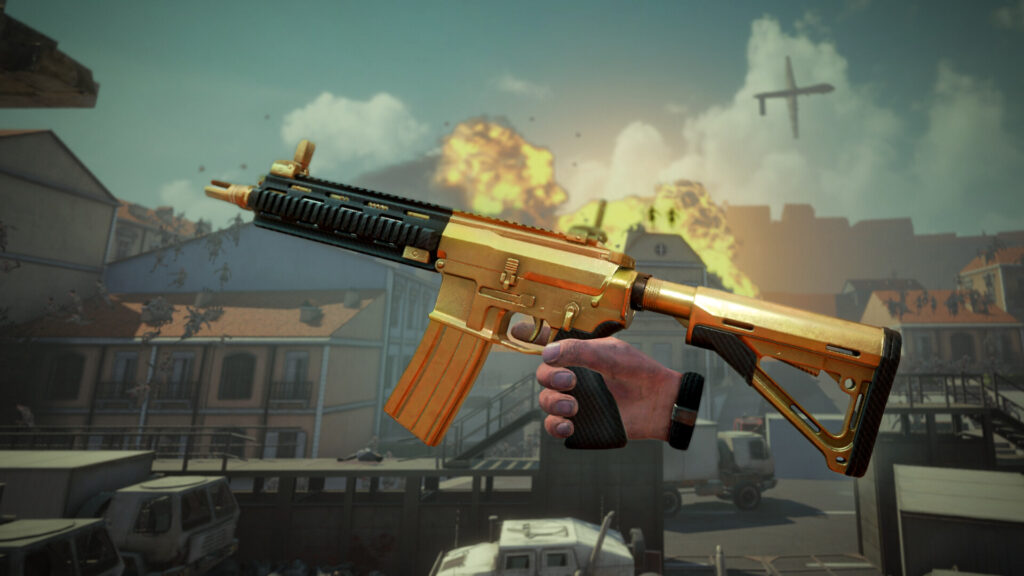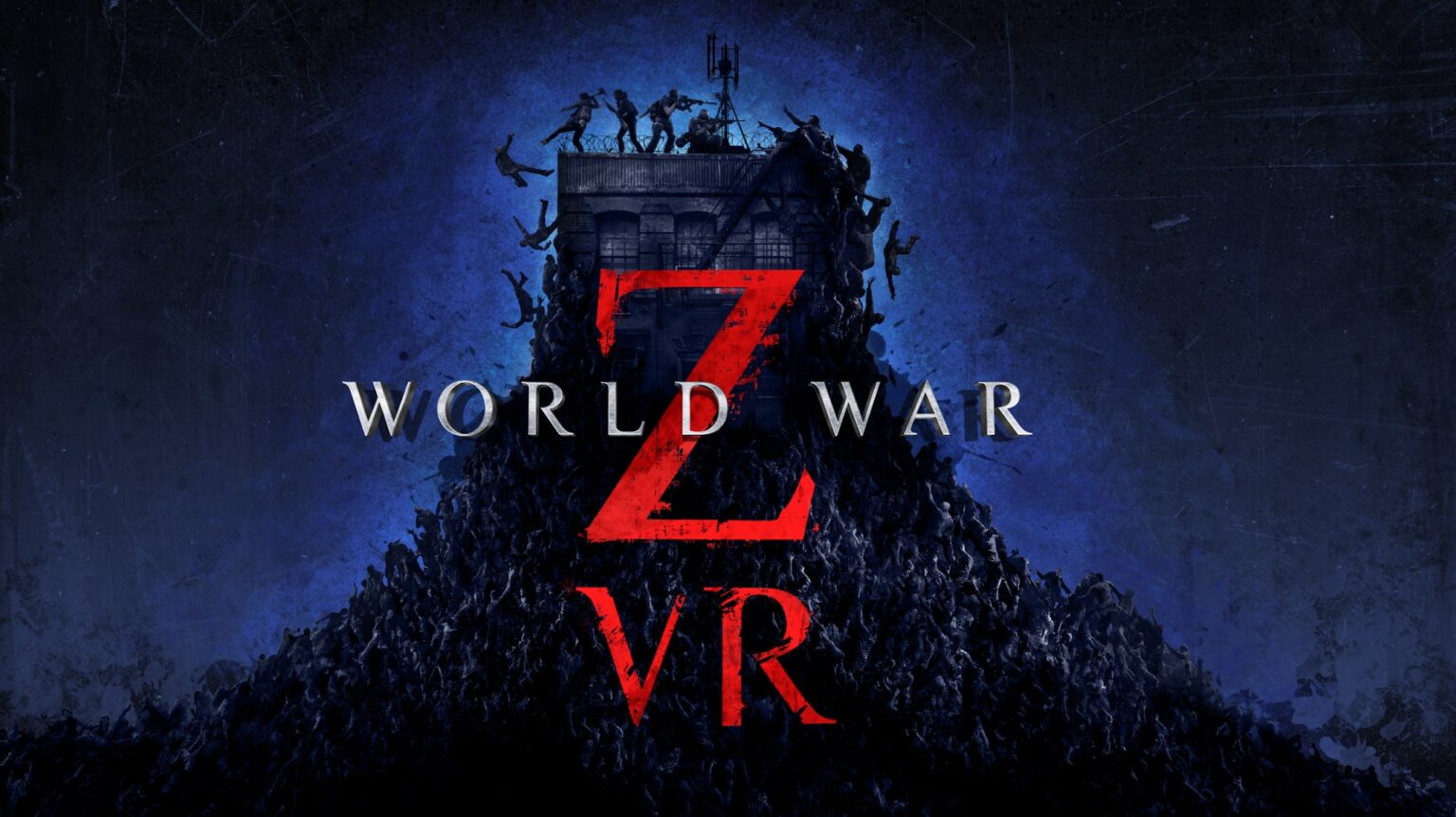Saber Interactive’s World War Z VR takes one of gaming’s most chaotic zombie swarms and drops it directly into your headset. Built as a single-player first-person VR shooter, this isn’t just the PC game with motion controls — it’s a reworked, optimized, and VR-focused experience that plays to the strengths (and weaknesses) of the medium.
If you’ve ever wondered what it feels like to be in the middle of a sprinting horde, this game gives you the answer — and it’s as exhilarating as it is exhausting.
A Familiar World, Rebuilt for VR
Fans of the original World War Z will recognize the tone, settings, and general pacing, but World War Z VR doesn’t just port over the same missions. Instead, Saber Interactive rebuilt and reimagined the environments, tweaking gameplay flow and scaling encounters for the immersive nature of VR.
You pick an operative, choose your loadout, and drop into missions with a pre-selected AI squad. There’s a perk system for customizing your approach and three difficulty settings that make a massive difference in how quickly the game turns from fun power fantasy to desperate scramble for survival.
The key VR trick here isn’t in the set dressing — it’s in the swarms. Watching hundreds of zombies pour over barricades, climbing over each other like a living tidal wave, is a technical and visual showcase. Even on a Valve Index at 250–300% resolution scale, the frame rate stays smooth. On high-end hardware, it’s stunning.

The Swarm is the Star
The “swarm tech” from the flat-screen version of World War Z was already impressive, but in VR it’s a different beast entirely. You feel the mass of enemies — they’re not just moving shapes in the distance, they’re sprinting toward you, clawing at your face, and piling through choke points you thought were secure.
There’s a controlled chaos to it all. The aggressive auto-aim (which might turn off purists) helps manage the sheer volume of targets, allowing you to focus on positioning, reloads, and managing the next defensive choke point. Without it, surviving some of the denser swarm sequences would be borderline impossible.
Guns, Reloads, and That VR Tactility
Weapon handling is one of the game’s highlights. Reloading in VR always brings a certain tension, but here it’s elevated by the swarm pressure. It’s one thing to fumble a mag in a slow-paced shooter; it’s another when you’ve got four zombies biting at your arms.
The arsenal is satisfying, with assault rifles, shotguns, SMGs, and heavy weapons all carrying weight and punch. The shotgun could use a bit more oomph in its sound design, but firing it point-blank into a zombie’s chest is still gratifying.
Interactions beyond the weapons are limited. You’ll pull levers, open doors, and hit switches, but you won’t find yourself smashing furniture or tossing random environmental objects around. This keeps the pacing tight but makes the world feel a little less reactive than it could be.
Performance and Visuals
The game’s biggest technical achievement is how well it runs given the sheer number of enemies on screen. Even with full swarms, the frame rate stays rock solid. Animations for zombies aren’t always the smoothest, and character models aren’t quite at the fidelity of the PC version, but for VR — where maintaining performance is paramount — it’s a fair trade-off.
Visually, environments are immersive without being overly cluttered. There’s enough visual clarity to keep your situational awareness sharp, which is crucial when enemies can come from almost any direction.

AI Teammates: More Decoration Than Help
Your AI squadmates look the part but often feel like props. They’ll fire at enemies, but don’t expect them to save you when things go south. Sometimes they just… stand there. It’s a reminder that this game might have originally been designed for co-op and then adapted for single-player.
A real co-op mode could elevate the experience significantly, but for now, the AI is mostly there to fill space and make the battlefield feel alive.
Fun, But Repetitive
The first few hours are intense, adrenaline-fueled, and downright thrilling. But by the midpoint, the pattern of “move to the next arena, hold out against the swarm, move on” starts to set in.
Difficulty ramps up well — Normal mode can already be punishing — but mission variety could use a little more spice. Some additional environmental interaction, varied objectives, or puzzle-like encounters could help break up the constant gunplay.
The VR Factor
The biggest win for World War Z VR is that it feels built for VR, not simply adapted to it. The shooting, reloading, and physical presence of the horde all come together to create moments you can’t replicate on a monitor. It’s sweaty, tense, and full of those “just one more run” moments.
That said, it’s not without limitations. If you’re looking for a sandbox-style VR shooter with lots of interactive toys, this isn’t it. This is a tightly focused, mission-based shooter built around its core gimmick: overwhelming swarms.
Pros:
- Massive, jaw-dropping swarms that actually work in VR
- Excellent optimization and stable performance
- Satisfying weapon handling and reloading tension
- Solid difficulty scaling
- Feels designed for VR, not ported
Cons:
- Weak AI teammates
- Limited environmental interaction
- Gameplay loop gets repetitive over time
- Minor animation roughness on zombies
World War Z VR: World War Z VR delivers what it promises — a faithful yet reimagined take on the franchise’s signature horde battles, optimized for VR’s unique strengths. The swarm tech is breathtaking in a headset, weapon handling feels great, and the performance is rock solid even in the most chaotic moments. It’s not perfect. The AI squadmates are lackluster, environmental interactivity is minimal, and the loop can get repetitive after a few missions. But if you want a focused, adrenaline-pumping VR shooter that shows off what the medium can do, this is an easy recommendation. – Obsidian


